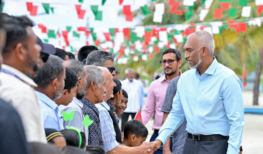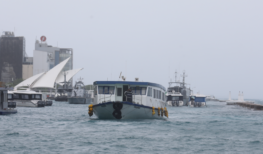Havaru Thinadhoo Depopulation – Part 2: The End of the Secessionist Administration
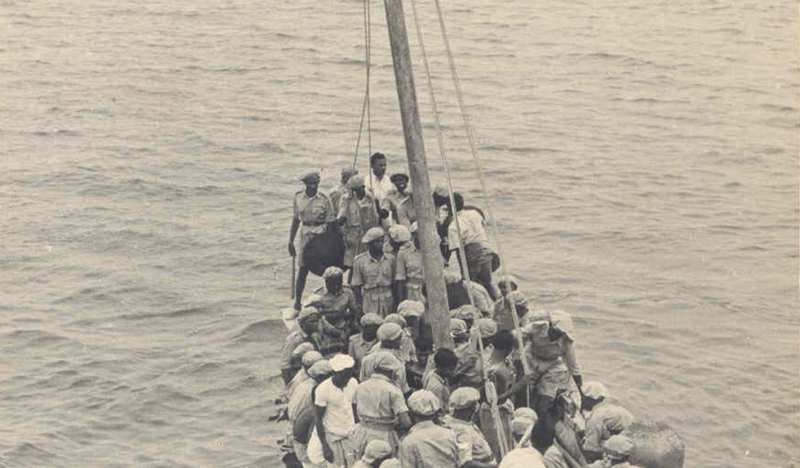
Part 1 of this series discussed the reasons why the Southern atolls broke away from the central administration in Malé to form the United Suvadive Republic.
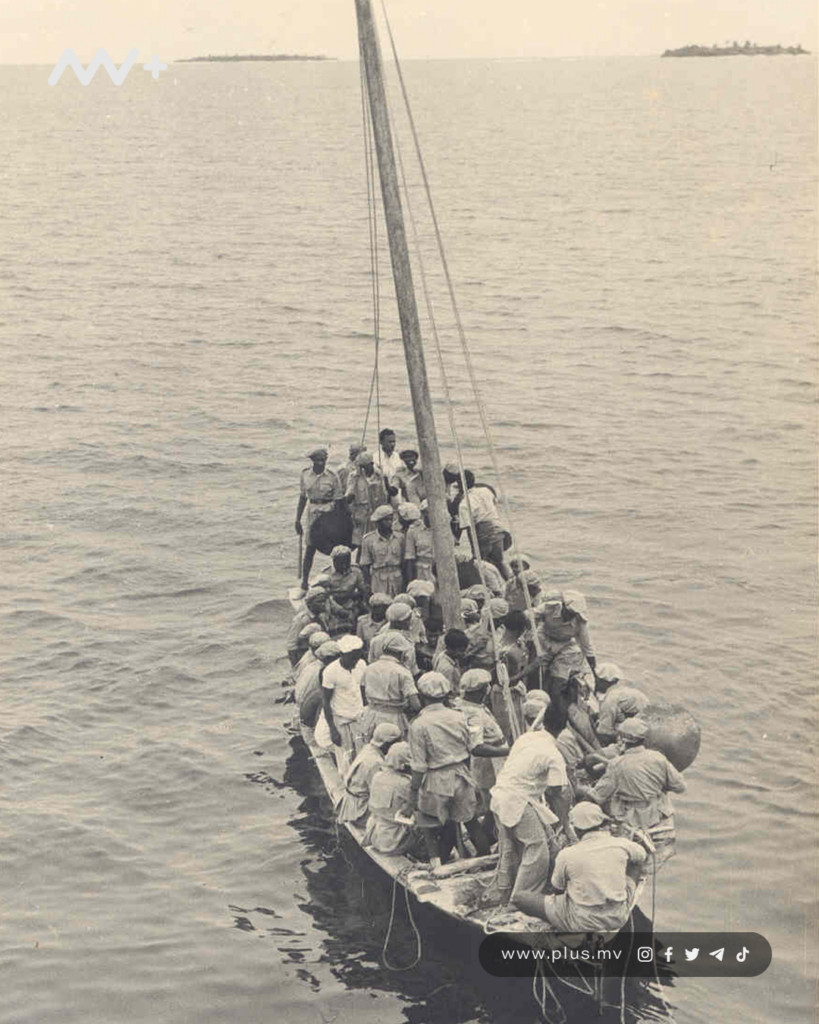
After Prime Minister Amir Ibrahim Faamuladeyri Kilegefaanu resigned due to ill health, Ibrahim Nasir was elected as the new Prime Minister of Maldives. Nasir was chosen to bring an end to the secessionist movement and find a resolution to the situation in the Southern atolls.
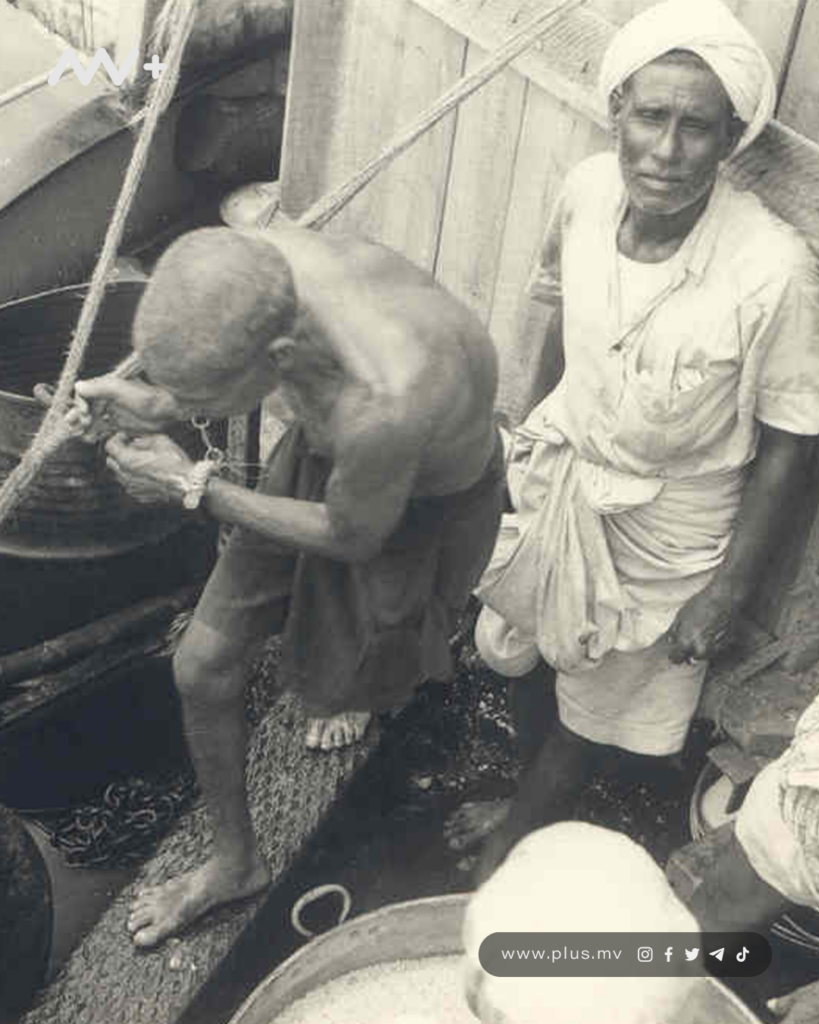
Abdullah Afeef was chosen as the President of the United Suvadive Republic, although it was reported that he had initially refused but accepted the role due to the heavy pressure.
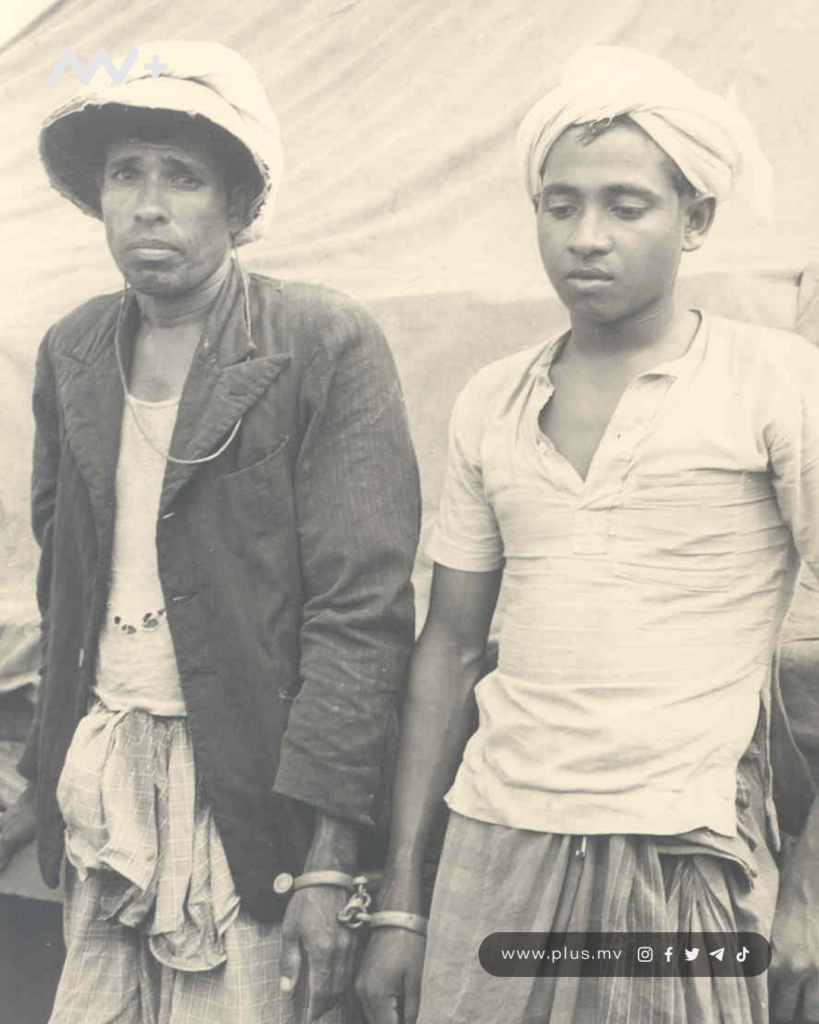
In a letter to The Times of London, Afeef highlighted how the administration in Malé was indifferent to the elementary needs of the Southerners. The islands had no doctors and medical supplies to treat 18,000 undernourished locals. Also, they were constantly swept with epidemics of influenza, malaria, enteritis, typhoid, diarrhea, and conjunctivitis throughout the year. In 1958, the islands had a serious outbreak of dysentery, which caused a lot of deaths.
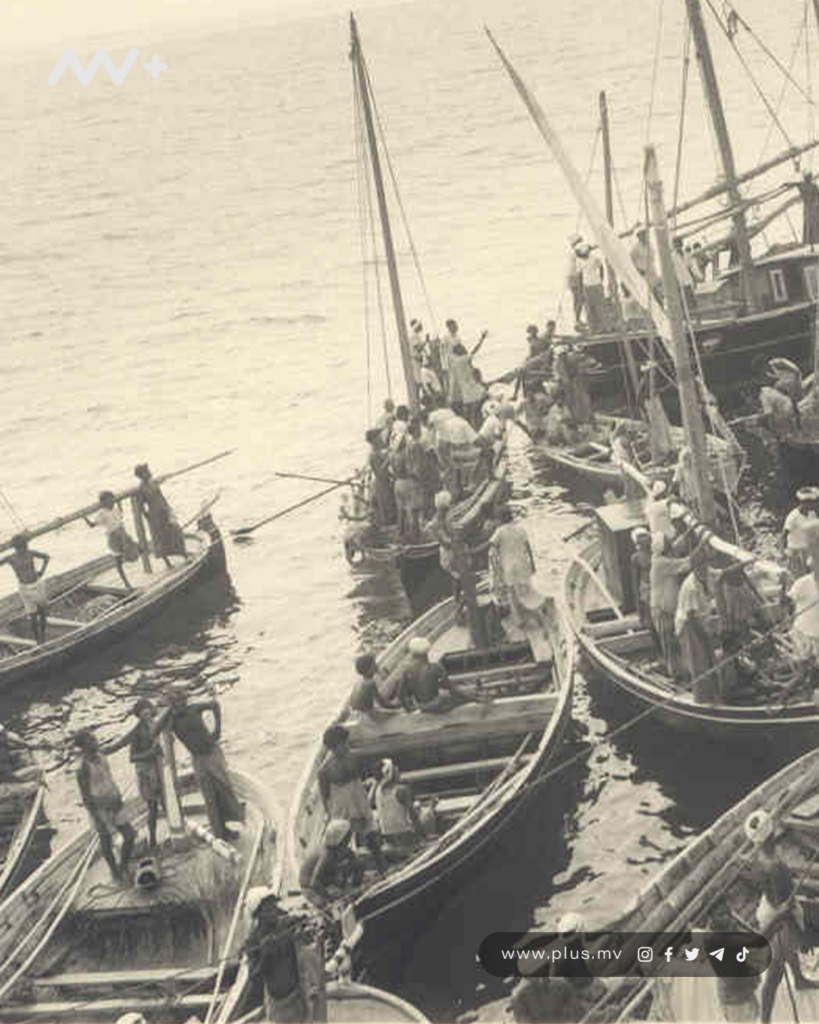
During the second revolt in Huvadhoo Atoll, the local headquarters on Havaru Thinadhoo was completely destroyed and the entire population was dispersed from the island. The Maldivian government believed that Huvadhoo atoll was too large for the administration to manage. It was decided that the atoll would be divided into two administrative regions: Huvadhoo South and Huvadhoo North.
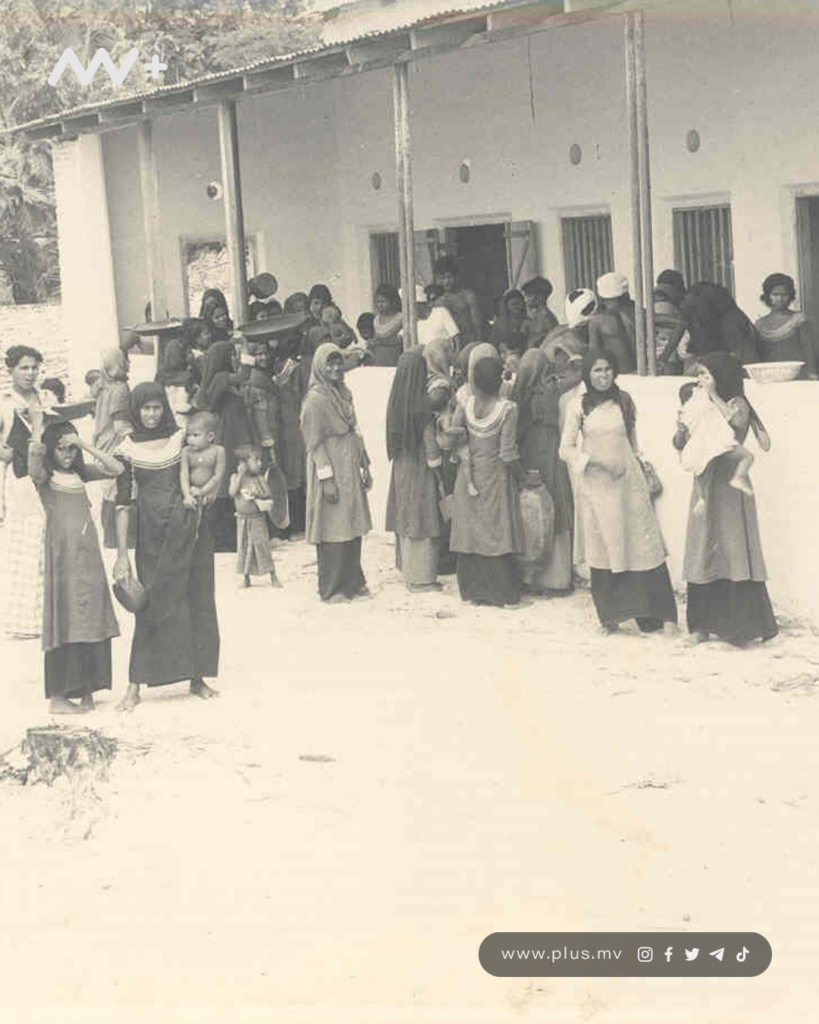
The Maldivian government, along with Nasir headed towards the atolls in “Silver Crest.” The yacht traveled towards Maamendhoo in Hadhdhunmathi. On the morning of 30th January, before heading towards Huvadhoo Atoll, the yacht picked up nine army officers and set sail at 2 o’clock. Those on board the yacht were carrying submachine guns.
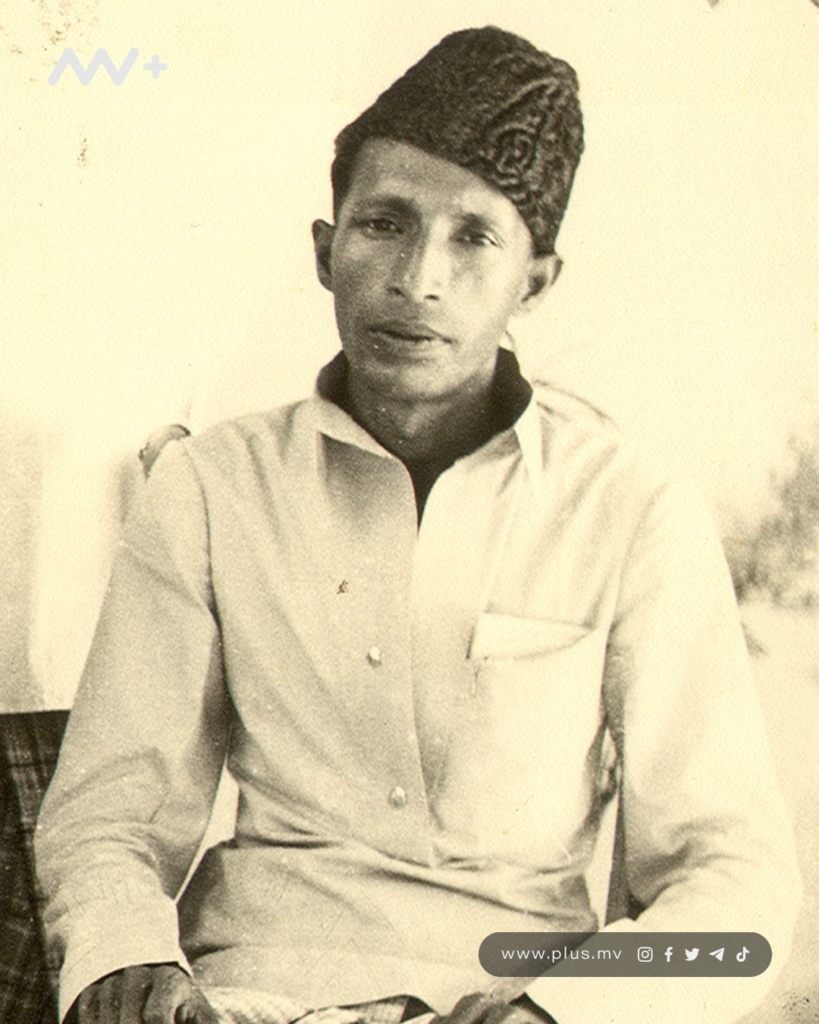
Nasir and his officials reached Havaru Thinadhoo and called for the people to surrender. On the beach, a crowd gathered and threw rocks at the people on the boat. The officers fired the submachine guns toward the crowd and the locals began to flee the island. During the gunfire, one man from Thinadhoo was killed.
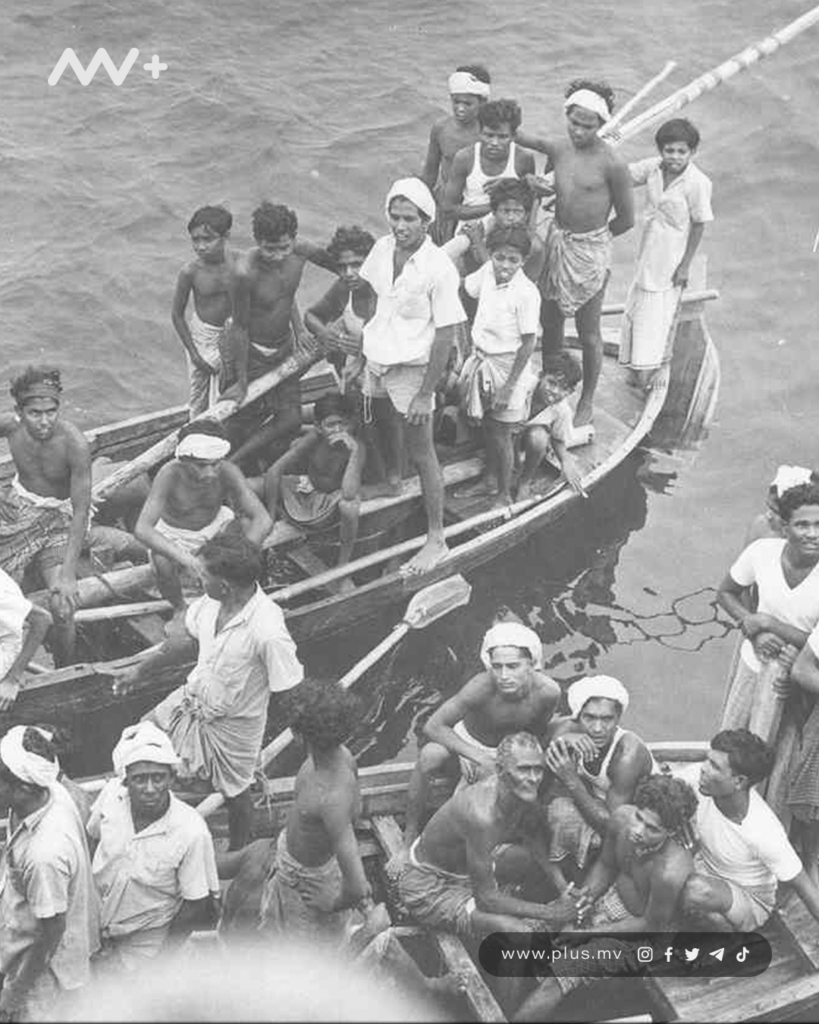
After the suppression of the second revolt, the leaders were captured and brought back to Malé to be taken for trial. While they were housed in a prison, the detainees died after an epidemic of dysentery spread in the section. They were moved to new quarters built on Viligilli.
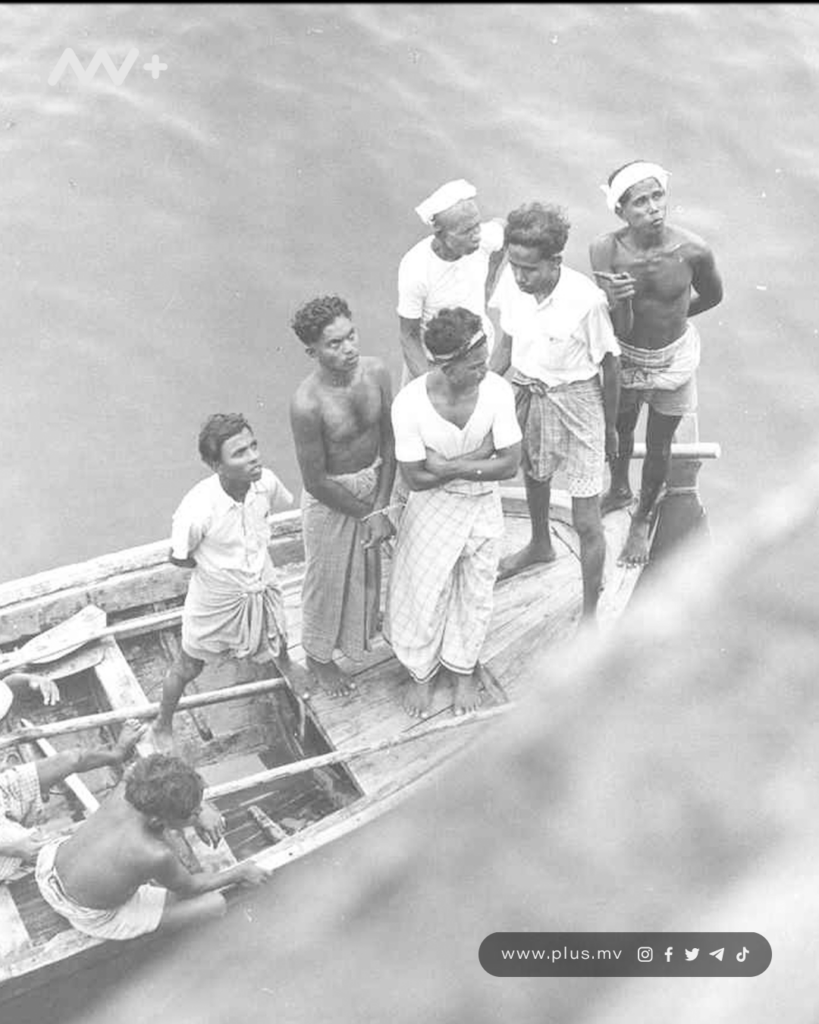
Nasir ordered his officials to depopulate the island. The locals were subjected to abuse and rape. There were accounts of many locals who were forced to remain in the water up to their necks as they watched their homes burnt down and destroyed by the soldiers.
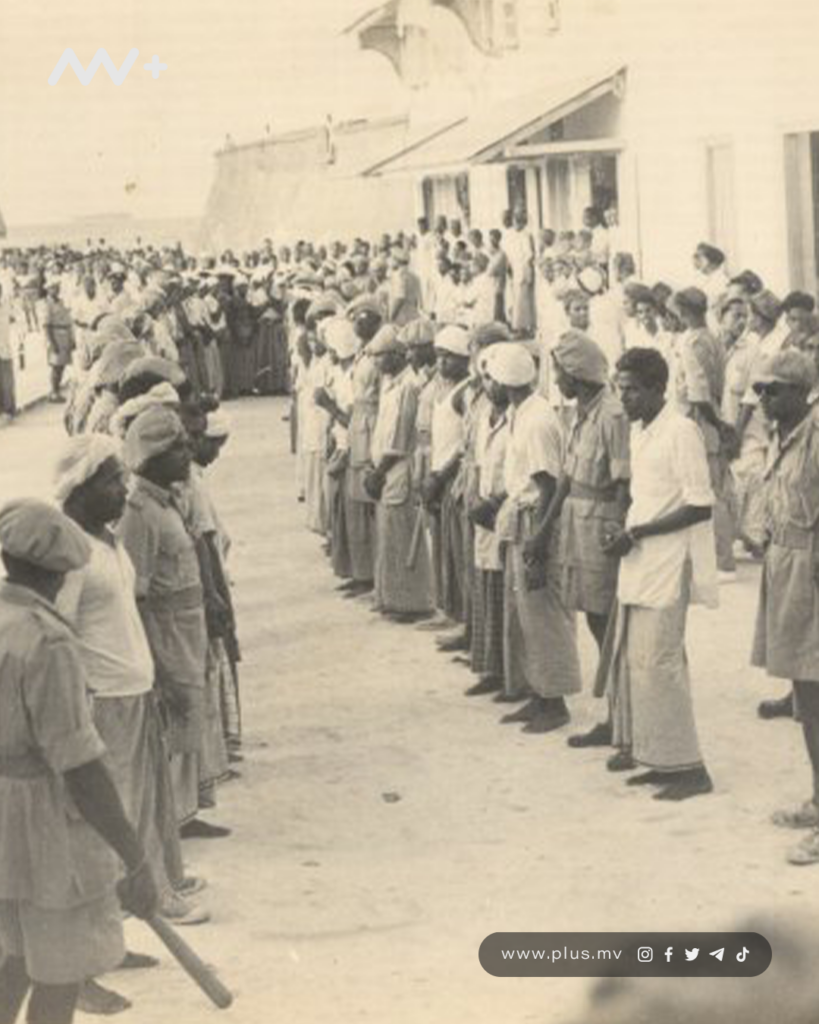
Thinadhoo locals were forced to leave their belongings behind and relocate to other islands. Their new homes were temporary and the island became an uninhabited island.
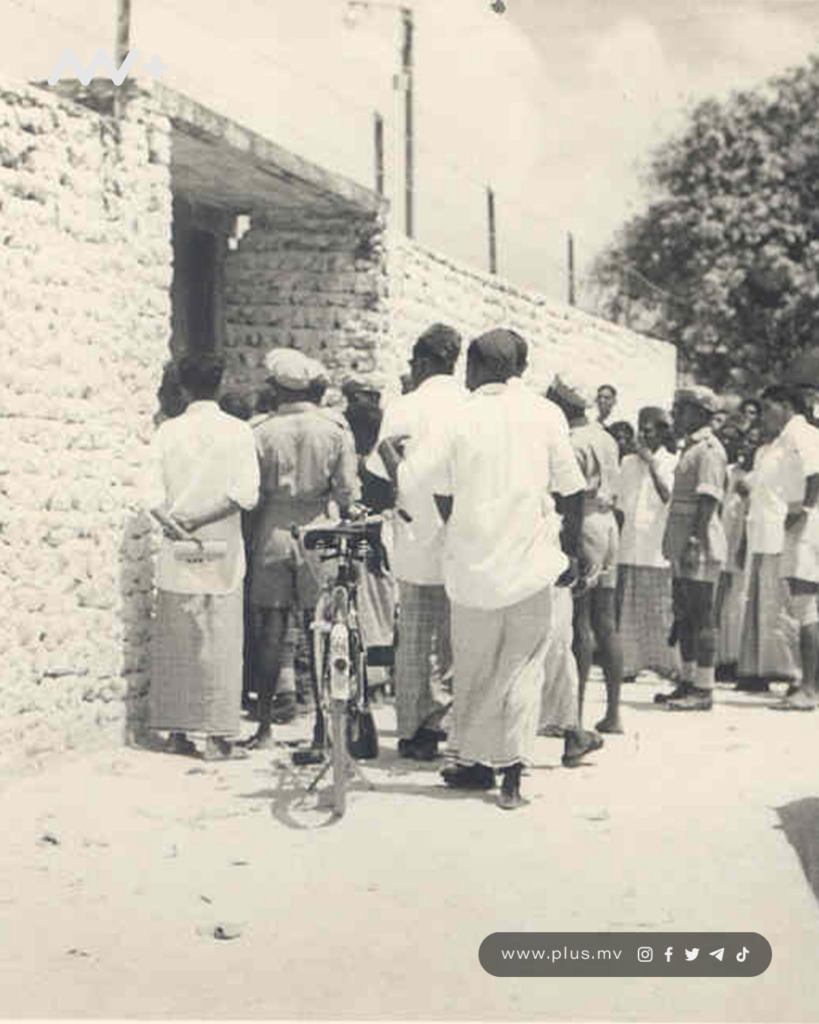
The arrest of the leaders was a huge blow to the secessionist movement. The British political agent gave an ultimatum to the locals in Maradhoo to hoist the Maldivian flag and cut down the Suvadive flag. Following this, the United Suvadive Republic was disbanded. Abdullah Afeef and his family were given political asylum in Seychelles.
#KnowYourRoots




